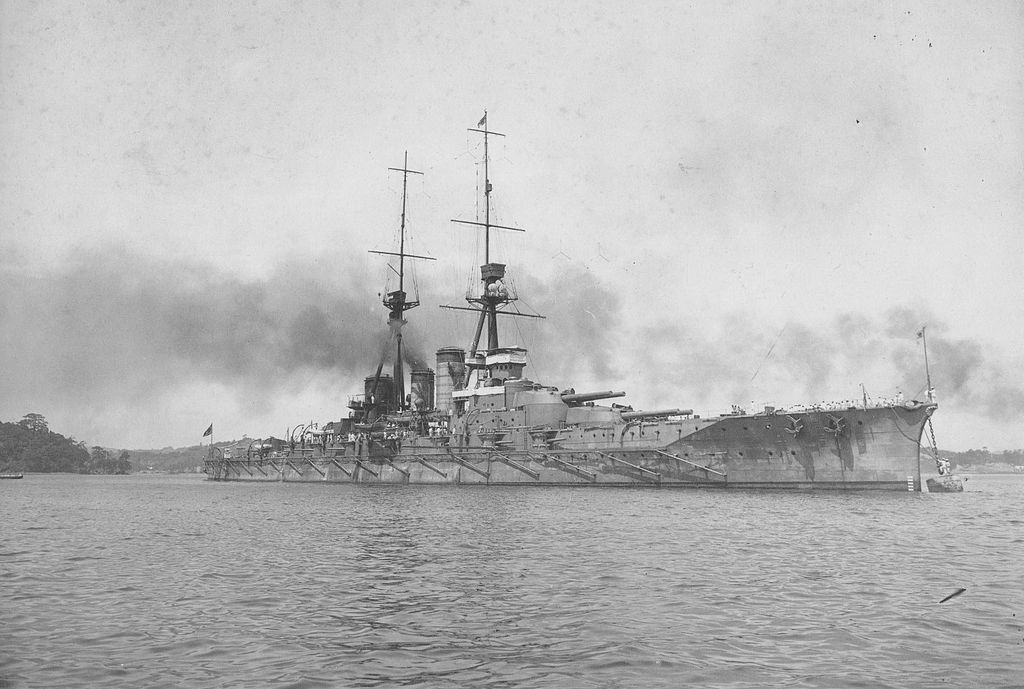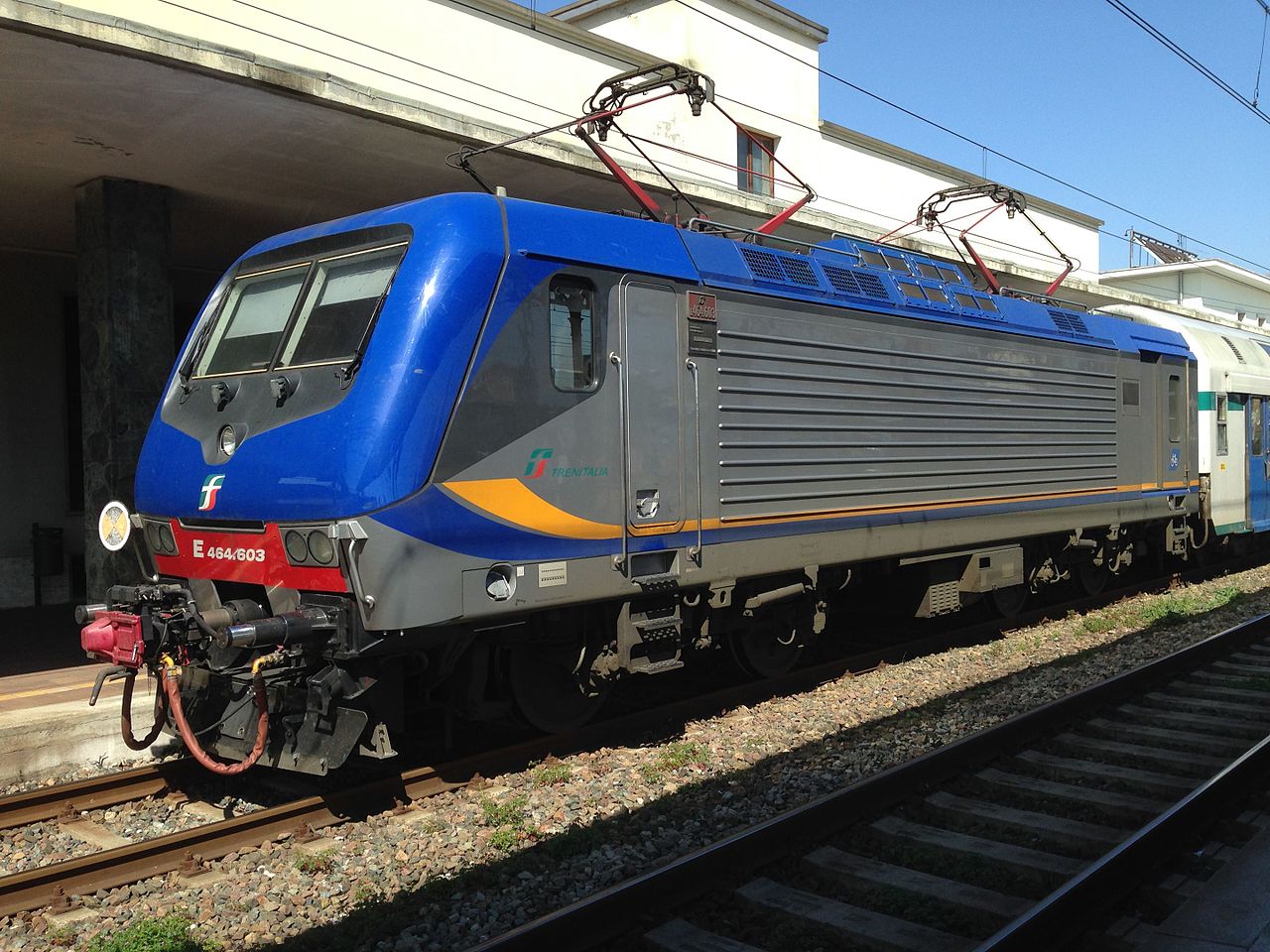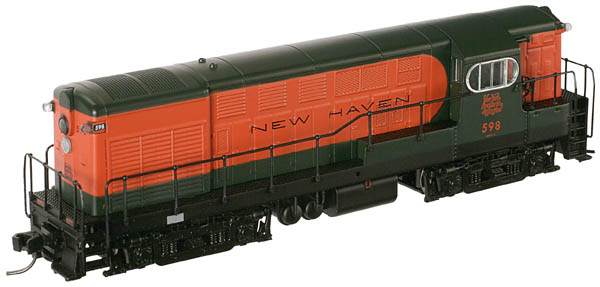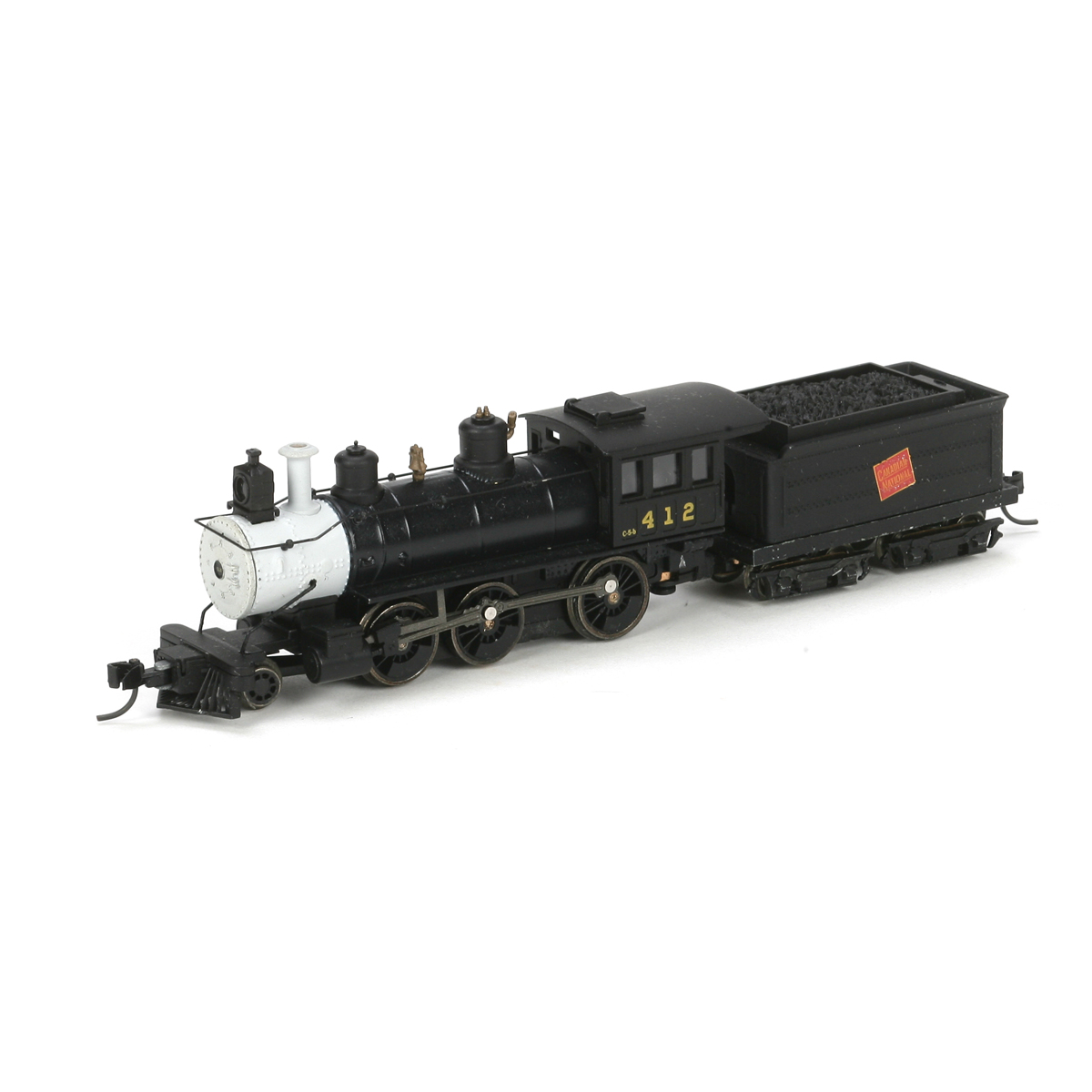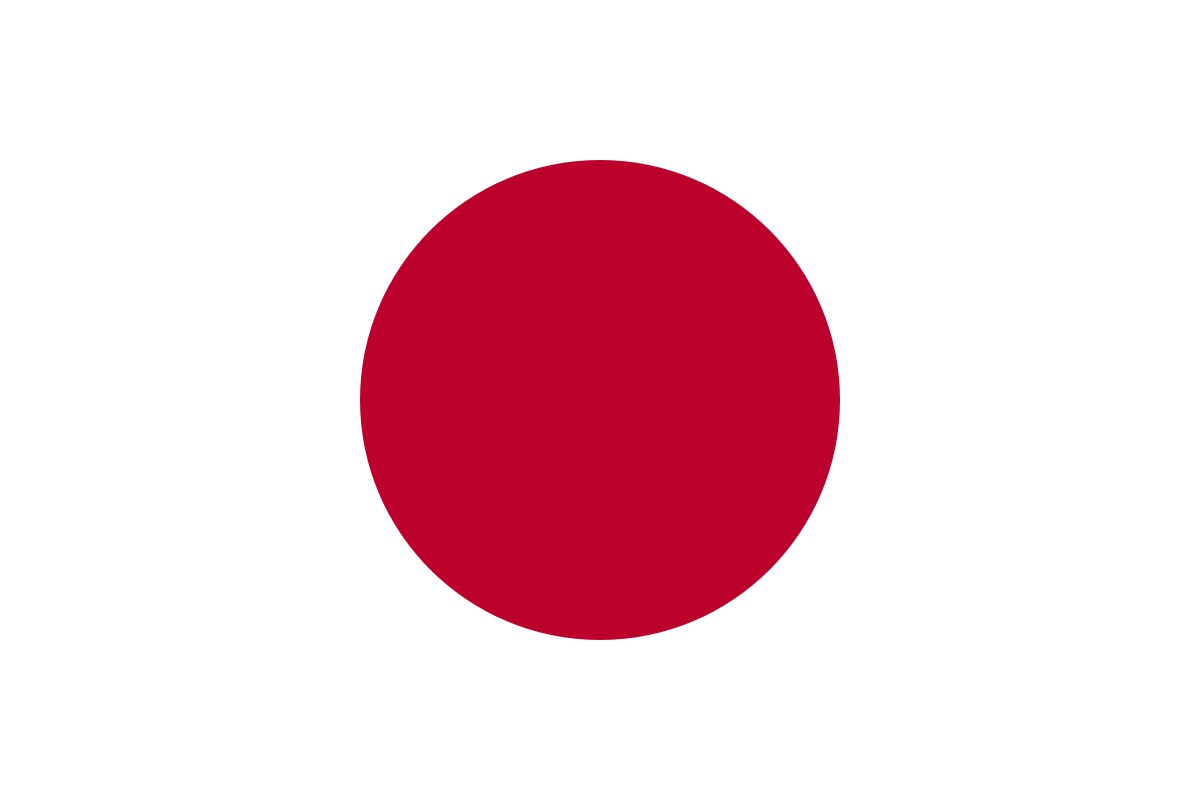History: The Kongo-class battleships were the most active capital ships of the Japanese Navy during World War II, participating in most major engagements of the war. Hiei and Kirishima acted as escorts during the attack on Pearl Harbor, while Kongo and Haruna supported the invasion of Singapore. All four participated in the battles of Midway and Guadalcanal. Hiei and Kirishima were both lost during the Naval Battle of Guadalcanal in November 1942, while Haruna and Kongo jointly bombarded Henderson Field on Guadalcanal.
The two remaining Kongo-class battleships spent most of 1943 shuttling between Japanese naval bases before participating in the major naval campaigns of 1944. Haruna and Kongo engaged American surface vessels during the Battle of Leyte Gulf. Kongo was torpedoed by USS Sealion in November 1944, while Haruna was sunk at her moorings by air attack in Kure Naval Base in late July 1945 and subsequently scrapped.
The two remaining Kongo-class battleships spent most of 1943 shuttling between Japanese naval bases before participating in the major naval campaigns of 1944. Haruna and Kongo engaged American surface vessels during the Battle of Leyte Gulf. Kongo was torpedoed by USS Sealion in November 1944, while Haruna was sunk at her moorings by air attack in Kure Naval Base in late July 1945 and subsequently scrapped.
Type: Battleship
Primary Country: Japan is an island nation in the Pacific Ocean with dense cities, imperial palaces, mountainous national parks and thousands of shrines and temples. Shinkansen bullet trains connect the main islands of Kyushu (with Okinawa's subtropical beaches), Honshu (home to Tokyo and Hiroshima’s atomic-bomb memorial) and Hokkaido (famous for skiing). Tokyo, the capital, is known for skyscrapers, shopping and pop culture.
Although legend has it that Japan was founded in 660BC, archaeologists agree that settlement in the Japanese archpelago dates back as far as 100,000 years. The Jomon Period (8000-c.300BC) is the earliest that has been studied. It is named after the 'jomon' or cord-marked pattern style of pottery of the period.
Although legend has it that Japan was founded in 660BC, archaeologists agree that settlement in the Japanese archpelago dates back as far as 100,000 years. The Jomon Period (8000-c.300BC) is the earliest that has been studied. It is named after the 'jomon' or cord-marked pattern style of pottery of the period.
Item Links: We found: 3 different collections associated with Kongō - Battleship
- Collection War at Sea: 4 different items.
- Collection Warship Classes: 2 different items.
- Collection Warships: 4 different items.
Item created by: Lethe on 2019-03-20 12:17:30. Last edited by gdm on 2019-05-23 11:02:34
If you see errors or missing data in this entry, please feel free to log in and edit it. Anyone with a Gmail account can log in instantly.
If you see errors or missing data in this entry, please feel free to log in and edit it. Anyone with a Gmail account can log in instantly.


